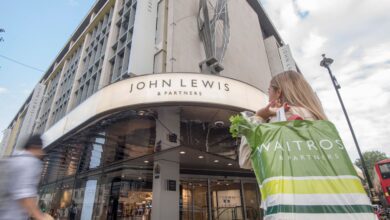How John Lewis plans to bounce back
2021 will see John Lewis close eight of its 42 stores, but will an £800m investment be enough to salvage the upmarket retail chain?

In 2007, upmarket retail giant John Lewis revealed plans for an ambitious expansion scheme, which aimed to double the size of its business. At the time, the company only had 26 sites across the UK and the £700m investment was created to increase its high street presence: bringing a further 24 outlets into smaller towns and cities such as Chester and York.







